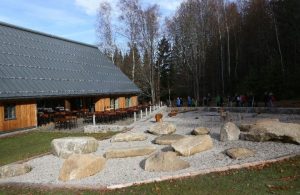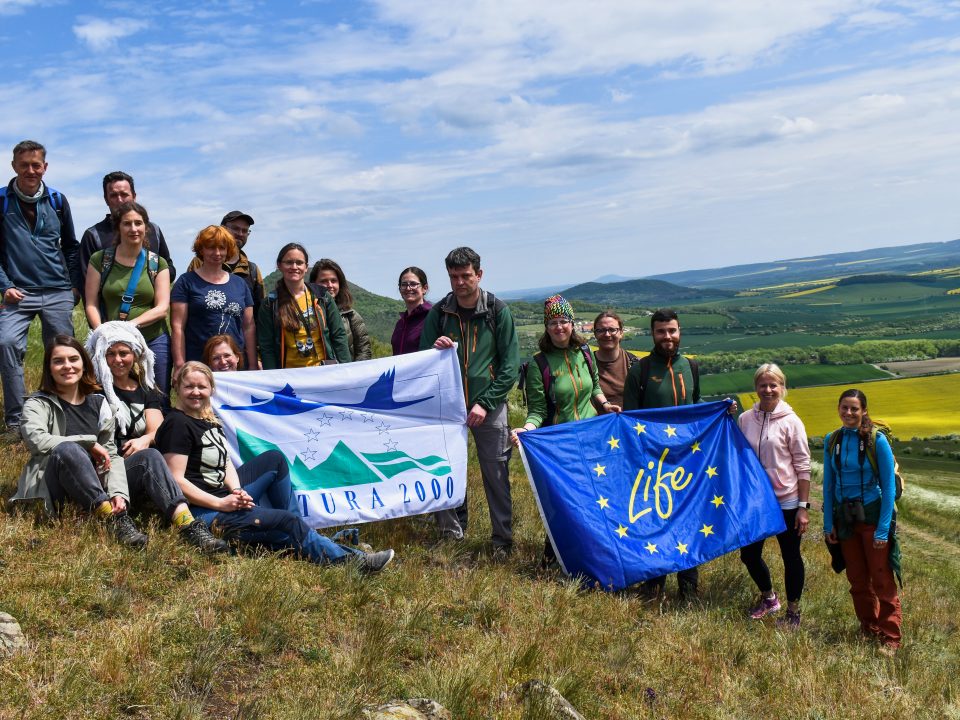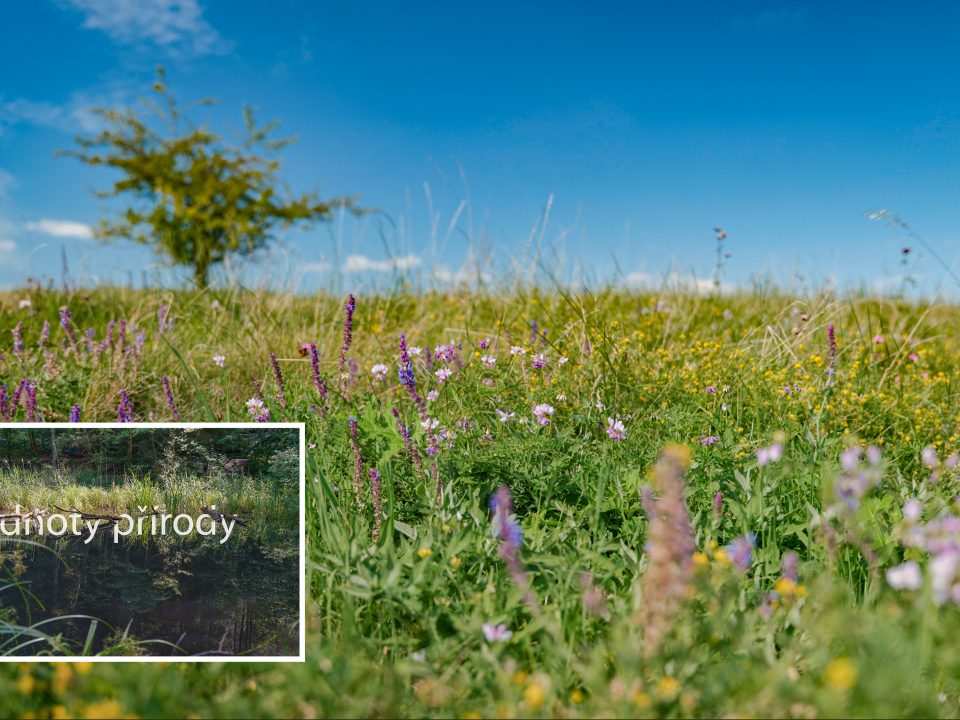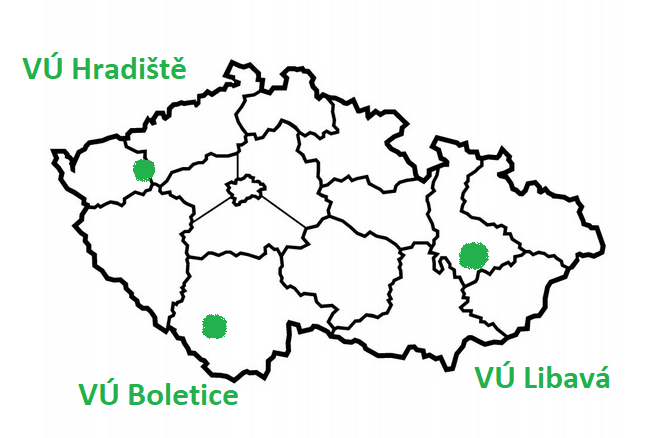The OPE has long supported projects in nature and landscape protection
The implementation of measures in protected areas of the Natura 2000 network which aim to maintain or improve the status of local target features, i.e. individual species or natural habitats, is very costly. Funds to secure them can be obtained from various subsidy programmes, as has been the case of many projects in the Czech Republic. This week we present selected examples of those that received funding from the Operational Programme Environment (OPE).
The second programming period (2014 to 2020) ends this year. The first projects were financed by the OPE in the years 2007 to 2013 from priority axis 6 (Subsidies for improving the status of nature and landscape), which was replaced by axis 4 (Protection and care of nature and landscape), focusing, inter alia, on ensuring favourable statuses of target features of nationally important protected areas, including Sites of Community importance and special protection areas of Natura 2000 network.
Processing of planning documentation on protected areas
The planning of management and its individual measures is a professionally and capacity-intensive process that can decide whether there will be degradation, preservation or improvement of the condition of the target feature in individual areas. An important basis for setting up appropriate management of protected areas is the planning documentation. Thanks to funds from the Operational Programme Environment in the amount of approximately CZK 103 million, the Nature Conservation Agency (NCA) prepared planning documentation for selected Sites of Community importance, for which it was necessary to revise it in connection with the amendment to the national list adopted in 2016, or for selected special protection areas where such a document had not yet existed. The project has thus successfully followed up on its predecessor, and the summaries of recommended measures will provide detailed information on the area and target feature and, at the same time, it will define appropriate active management.
Management of Na Požárech SCI

Mowing at Na Požárech SCI, supported by the OPE. Photo: Project website, the NCA
Částkou přibližně 5,8 milionu korun podpořil Operační program Životní prostředí i další projekt AOPK ČR, tentokrát zaměřený na management pozemků v evropsky významné lokalitě a národní přírodní památce Na Požárech, kde se nachází druhově bohaté smilkové louky. Žije zde silně ohrožený tetřívek obecný, uvedený též v příloze I evropské směrnice o ptácích.
Projekt započatý v roce 2018 je ukázkou možnosti využití prostředků z Operačního programu Životní prostředí též na aktivní péči o přírodu a jeho cílem je zachování hodnotných mokřadních a rašelinných luk, které tvoří životní prostředí vzácných a ohrožených druhů rostlin a živočichů. V EVL Na Požárech jsou za účelem dosažení těchto cílů prováděny výřezy náletových dřevin a sečení mokřadních a rašelinných luk.
Srní Visitor Centre

Srní Visitor Centre. Photo: www.npsumava.cz
Srní Visitor Centre. Photo: www.npsumava.cz
Thanks to the OPE, the sought-after Srní Visitor Centre, managed by the Šumava National Park Administration, has been operating since 2015. Thematically, it focuses mainly on the grey wolf which belongs to the endangered species returning to Czech landscape and is protected throughout Europe according to Annexes II and IV of the Habitats Directive.
The costs of building the centre were more than CZK 85 million, of which over CZK 64 million were provided by the Operational Programme Environment. Thanks to the funding obtained, the Šumava National Park Administration built, among other things, the main building, access roads and a car park, an outdoor enclosure for animals, an educational trail, fencing and a children’s playground.
Visitors can also get information about the grey wolf on panels of the educational trail and a suspended footbridge which offers a view of wolves in a three-hectare enclosure, where a pack of fourteen adults live. They are monitored by four cameras, which transmit what is going on in the enclosure to the screens in the centre building.
The Srní Visitor Centre currently offers wolf observation, organizes events focused on wolves (such as an environmental education programme or guided tours of the wolf enclosure) or organizes experts’ lectures, walks and playing activities related to the life of wolves during so-called Wolf Days.







